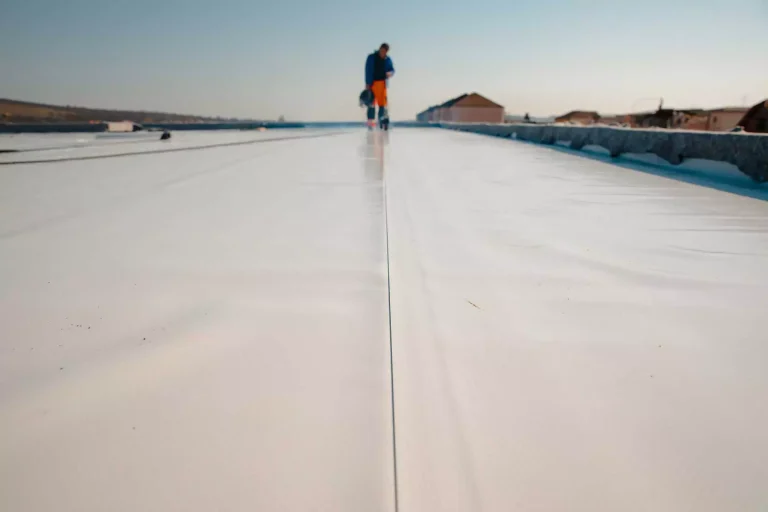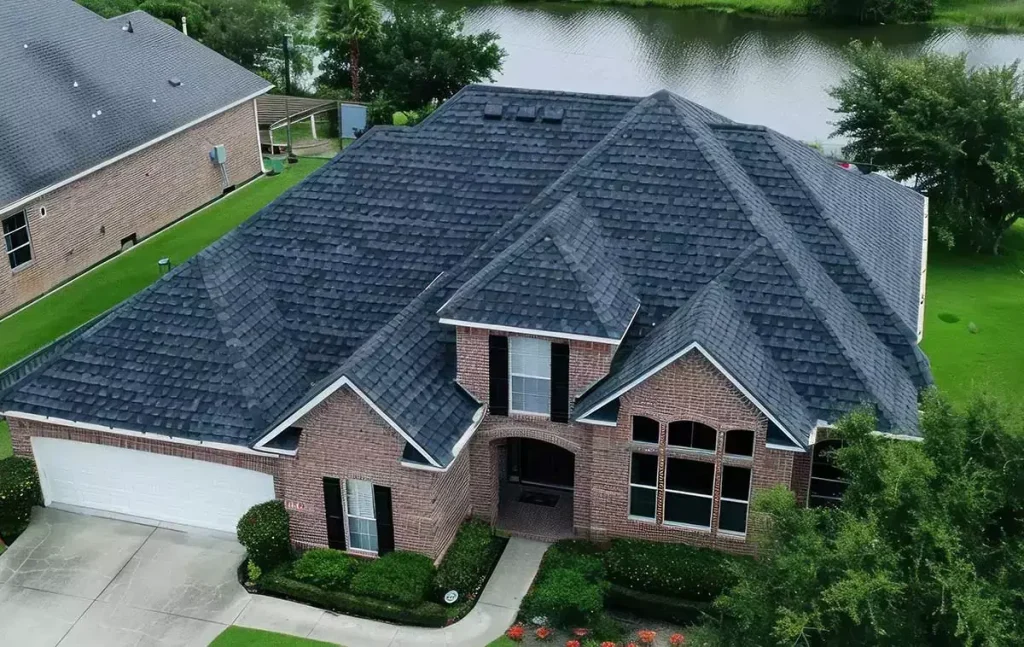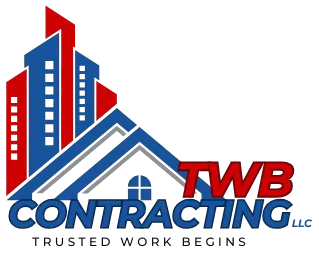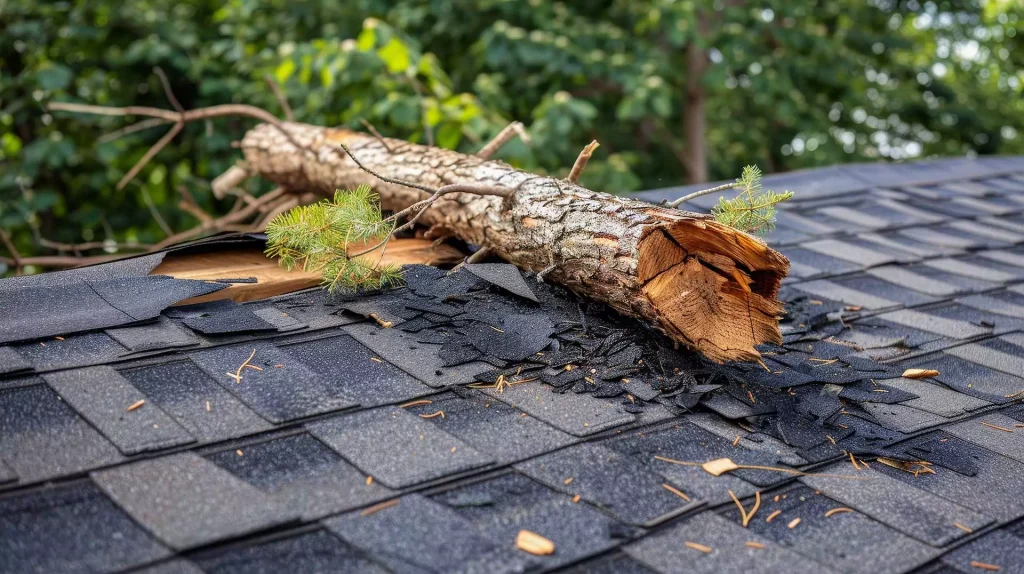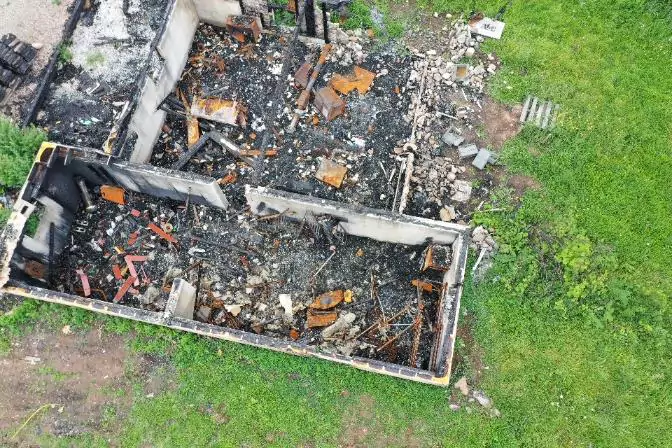Understanding Rubber and TPO Roofing Systems
Rubber roofing, particularly EPDM (Ethylene Propylene Diene Monomer), and TPO (Thermoplastic Polyolefin) represent two of the most reliable flat roofing solutions available today. At TWB Contracting LLC, we specialize in both systems, bringing 15 years of experience to every installation across Greater Nashville area. These single-membrane roofing systems have revolutionized commercial and residential flat roof applications, offering superior protection against the elements while maintaining cost-effectiveness over their substantial lifespans.
The chemistry behind these materials makes them exceptionally suited for flat and low-slope applications. EPDM rubber roofing consists of a synthetic rubber compound that remains flexible even in extreme temperatures, while TPO combines polypropylene and ethylene-propylene rubber for a heat-weldable seam that creates an essentially monolithic roof surface. Both materials resist ultraviolet radiation, ozone exposure, and chemical degradation that commonly affects traditional roofing materials.
Installation Techniques and Professional Standards
Installing rubber or TPO roofing requires precise technical knowledge and specialized equipment that we’ve perfected through thousands of installations. The process begins with a thorough inspection of your existing roof deck, ensuring proper substrate preparation that often includes installing insulation boards rated at R-values between 20 and 30 for optimal energy efficiency. We then apply the membrane using either fully adhered, mechanically attached, or ballasted systems, depending on your building’s specific requirements and local wind uplift specifications.
For TPO installations, our certified technicians use hot-air welding equipment that operates at temperatures between 1000-1100 degrees Fahrenheit, creating seams with tensile strengths exceeding the membrane itself. EPDM installations utilize specialized adhesives and seam tapes engineered to maintain flexibility across temperature ranges from -40 to 300 degrees Fahrenheit. Each installation includes critical details around penetrations, parapet walls, and drainage systems that prevent the ponding water issues that plague improperly installed flat roofs. We offer free estimates to assess your specific needs and provide detailed installation timelines.
Comparing Performance Characteristics
When choosing between rubber EPDM and TPO roofing, understanding their distinct performance characteristics helps inform the best decision for your property. EPDM typically comes in black or white, with black membranes absorbing heat beneficial for northern climates while white reflects solar radiation, reducing cooling costs by up to 30 percent in summer months. TPO exclusively comes in white or light colors, providing exceptional reflectivity that earned it ENERGY STAR certification in most applications.
The longevity differences between these systems reflect in their warranties and real-world performance data. EPDM roofing commonly lasts 25-30 years with proper maintenance, while TPO systems, though newer to market, demonstrate 20-25 year lifespans based on accelerated weathering tests and field performance studies. Both significantly outperform traditional built-up roofing or modified bitumen in puncture resistance, with EPDM handling impacts up to 100 pounds per square inch and TPO resisting punctures at 125 pounds per square inch.
Maintenance Requirements and Long-term Value
Regular maintenance extends the life of any roofing system, and rubber and TPO roofs require minimal but important attention. Annual inspections identify potential issues before they develop into costly repairs, particularly checking seam integrity, flashings around equipment, and drainage pathways. Our 24/7 emergency service ensures immediate response when unexpected damage occurs from severe weather or mechanical equipment failures.
- Quarterly debris removal: Clear leaves, branches, and accumulated dirt from drains and scuppers
- Semi-annual seam inspection: Check all field seams and perimeter attachments for separation or degradation
- Annual membrane cleaning: Remove biological growth and environmental deposits that accelerate deterioration
- Biennial recoating assessment: Evaluate protective coating condition on EPDM and determine reapplication timing
- Penetration seal verification: Inspect and reseal HVAC curbs, pipe boots, and equipment supports
The return on investment for professionally installed rubber or TPO roofing extends beyond simple leak prevention. Energy savings from improved insulation and reflectivity often offset installation costs within seven to ten years. Additionally, these lightweight systems, weighing approximately 0.5 pounds per square foot, rarely require structural reinforcement, saving thousands in retrofit costs compared to heavier alternatives.
Making the Right Choice for Your Property
Selecting between rubber and TPO roofing depends on specific building requirements, climate considerations, and budget parameters. At TWB Contracting LLC, our expertise in handling large residential and commercial restoration claims means we understand how proper roofing choices affect insurance premiums and property values. Buildings with rooftop equipment benefit from TPO’s superior chemical resistance, while properties in areas with frequent hail favor EPDM’s impact absorption capabilities.
The installation environment also influences material selection, as TPO requires dry conditions for heat welding while EPDM adhesives work in slightly damp conditions, providing scheduling flexibility during unpredictable weather patterns. Cost considerations typically favor EPDM for smaller projects under 10,000 square feet, while TPO becomes more economical on larger commercial applications where seaming efficiency accelerates installation schedules.
